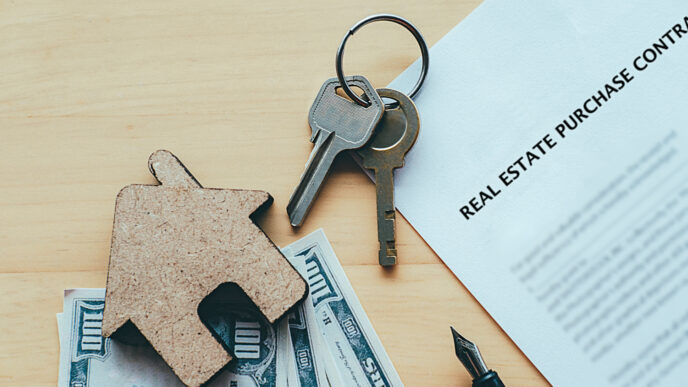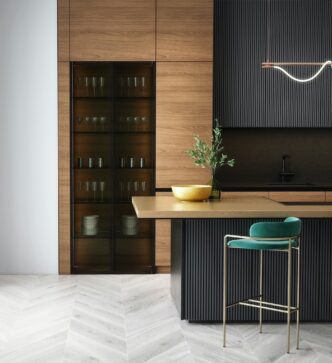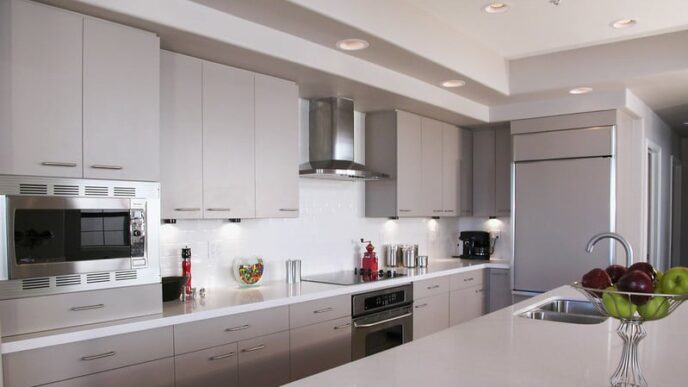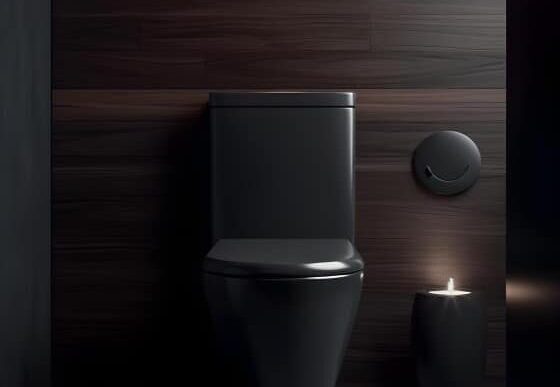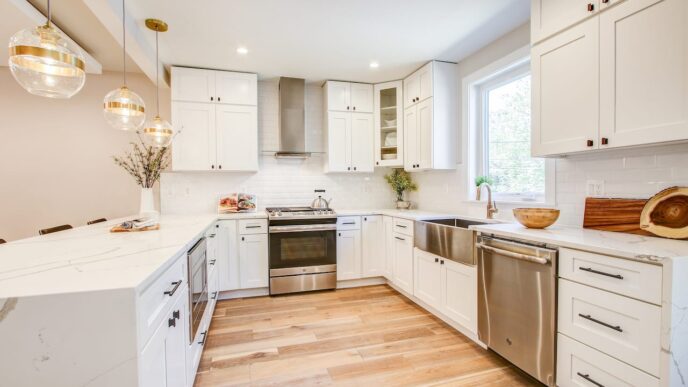Are there other types of loans that can help ease the financial burden of home remodeling? The answer: a Home Equity Line of Credit (HELOC). It is a financial tool that allows homeowners to borrow against the value of their home, alongside flexible (and sometimes lower) interest rates.
We will do a deep dive into the advantages, considerations, and smart strategies for using a HELOC, giving you the confidence to make informed decisions.
What is a HELOC?
A HELOC is a special kind of loan that lets homeowners borrow money using their house as a guarantee (or collateral). Imagine it like a credit card, where you have a limit on how much you can spend, but instead of buying things, you use it for your house.
The credit available in this loan will depend on your home’s equity, your credit score, and your debt-to-income ratio. This setup is great for remodeling because you can choose how much money to use as you go, and you only pay interest on what you actually borrow.
This means if your remodeling needs change, your borrowing can too, making a HELOC a flexible friend in the world of home improvement.

Advantages of Financing Remodeling with HELOC:
1. Lower Interest Rates:
HELOC often comes with lower interest rates than other loans or credit cards. This is a big win because it means you end up paying less money in the long run. Think of it as getting a better deal for borrowing money, which can be a huge relief when dealing with the costs of remodeling.
2. Flexible Borrowing:
The ‘draw period’ of a HELOC is a time (usually five to 10 years) when you can take out money as needed. This is perfect for home remodeling projects that happen in stages. You can borrow for the kitchen this year and the bathroom next year and only pay interest on the money you actually use.
3. Tax Benefits:
Sometimes, the interest you pay on a HELOC can be deducted from your taxes, depending on how you use the money. You might be in luck if you’re using it for home improvements. However, it’s always a good idea to talk to a tax expert to be sure.

4. Improving Home Value:
Investing in your home through remodeling can boost its value. This makes using a HELOC a way to make your home nicer and a smart financial move. It’s like putting money into a savings account that grows over time.
5. Control Over Budget:
With a HELOC, you have more control over how much you borrow. This helps in keeping your remodeling project within a budget. You can decide to borrow only what you need, which helps you manage your finances better.
Things to Consider:

Your Home is at Risk:
Remember, if you can’t repay the HELOC, your home is on the line because it’s used as collateral. This is a big deal and something to think about seriously.
Variable Interest Rates:
The interest rates with HELOC can change over time. This means your monthly payments might go up or down, so you need to be prepared for that possibility.
Transition to Repayment:
Once the draw period ends, you have to start paying back what you borrowed, plus interest. This phase requires careful financial planning, as the monthly payments can be higher than during the draw period.
Creditworthiness:
Your credit score plays a big role in the terms and rates of your HELOC. A better credit score usually means better terms, so keeping your credit health in good is important.
How to Use a HELOC Wisely:
1. Budget Your Project:
Planning your remodeling with a budget helps avoid spending too much. Break down the costs and stick to your plan. This way, you won’t borrow more than necessary and keep your financial health in check.
2. Understand the Terms:
It’s crucial to know the details of your HELOC, like the interest rate, any fees involved, and how long the repayment period is. Understanding these parts helps you avoid surprises and make informed decisions.
3. Consult Professionals:
Talking to financial advisors or mortgage professionals can give you deeper insights and personalized advice. They can help you understand if a HELOC is the best option for your specific situation.
4. Consider Future Plans:
Think about your long-term plans for your home. If you plan to stay for many years, investing in remodeling with a HELOC makes more sense. But if you plan to move soon, consider how the loan affects those plans.
5. Monitor the Housing Market:
Keep an eye on the housing market, as changes can affect your home’s value and the conditions of your HELOC. Being informed helps you make better decisions about borrowing and repaying.
HELOCs are a flexible and often cost-effective way to finance home remodeling. Understanding their benefits and risks helps you make smart decisions that fit your financial situation and home improvement goals.
We’d love to hear about your experiences with HELOC for home improvements. What worked for you? What tips do you have for others? Join the conversation and share your insights. Don’t forget to follow us on our Instagram for more ideas, inspiration, as well as helpful tips on remodeling, and managing your home finances!

Frequently Asked Questions
Question 1: How do I know if I have enough equity in my home to get a HELOC?
Answer: To find out if you have enough equity, subtract the amount you owe on your mortgage from the current value of your home. Most lenders require you to have at least 15-20% equity in your home to qualify for a HELOC.
Question 2: Can I get a HELOC if I already have a mortgage?
Answer: Yes, you can get a HELOC even if you already have a mortgage, as long as you have enough equity in your home and meet the lender’s credit requirements.
Question 3: How long is the draw period on a HELOC?
Answer: The draw period on a HELOC typically lasts for 5 to 10 years, during which you can borrow money up to your limit. After the draw period ends, you enter the repayment period.
Question 4: What happens if the interest rates go up during my HELOC term?
Answer: If interest rates go up, your HELOC rate may increase as well, which means your monthly payments could also go up. It’s important to plan for possible rate increases when considering a HELOC.
Question 5: Can I refinance my HELOC?
Answer: Yes, you can refinance your HELOC. This might be beneficial if you can secure a lower interest rate or need to extend the repayment period. However, you’ll need to meet your lender’s refinancing requirements, which could include a credit check and home appraisal.




